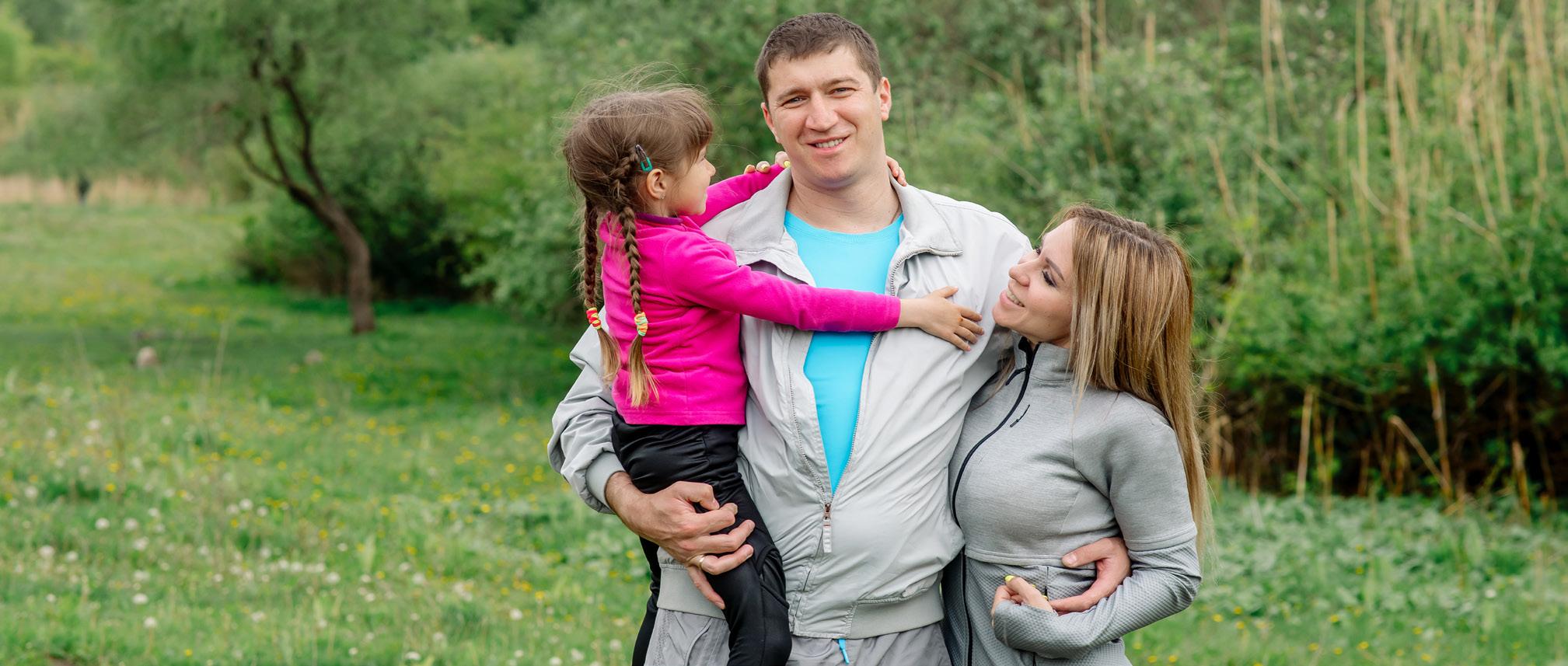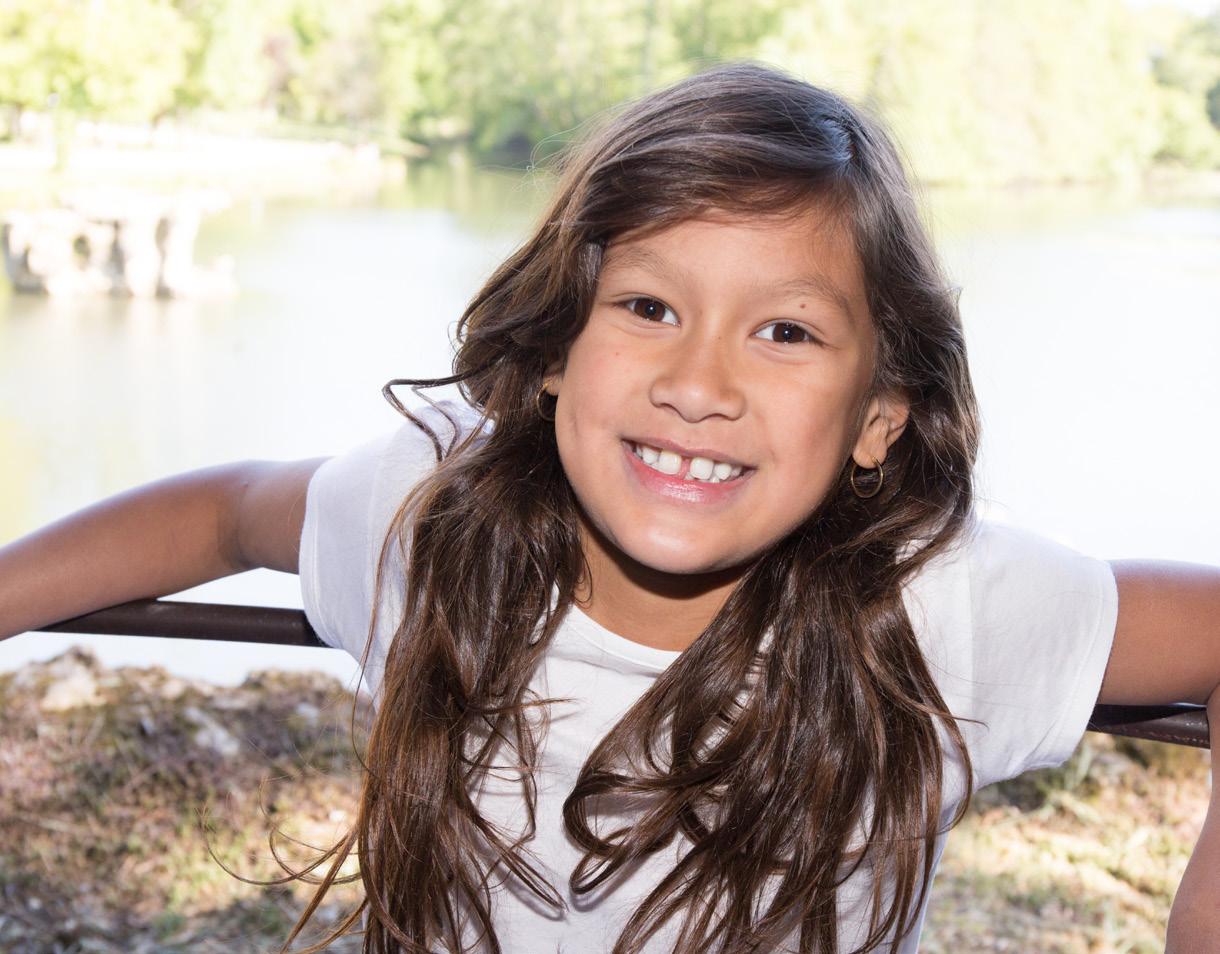
7 minute read
Impact of the SHINE program
What would be the risk for vulnerable children /young people not having the support of a program like SHINE?
During the Focus Group, practitioners identified that without the support of the SHINE service, children and young people would potentially be negatively impacted in the following ways:
Children and young people would be lost (e.g. using drugs)
Risk of criminal activity By the type they would be picked up by services, they would have higher and more complex issues
Problems within the family would not be identified
(interview with a caregiver)
75% of young people20 reported achieving mostly or all their goals during the service.
36%
completely achieved their goals
An example of an young person with four outcomes supported by the SHINE service
Improved behaviour and boundaries: <Rhys’> mother has reported a change in <Rhys’> behaviour (appearing to be less angry and more capable of handling his anger in appropriate ways) as well as becoming less triggered by his father (past trigger).
39%
mostly achieved their goals
25%
somewhat achieved their goals
Self-esteem and confidence improved:
<Rhys> has reported feeling more confident in this domain.
Participation in community/group activities:
<Rhys> is linked in with a structured play group which at school which he attends at lunch time.
Using learnt strategies: <Rhys> and the writer have explored and implemented various strategies to promote emotional regulation and to manage intense feelings of anger. <Rhys> has advised that he feels as though he is capable of implementing discussed strategies and managing his anger. <Rhys> has advised that he implements deep breathing, relaxing music and utilising the stress ball which was made by himself and the writer as well as various other relaxation techniques.
To understand the impact of SHINE, different methods21 were used. Triangulation22 of the data was done to confirm and support the findings. These are presented based on the program’s objectives. Legend
Documentation Review
Quantative analysis of internal families progress report Quantative data from child and young people surveys Outcomes Star data
Focus groups with practitioners Interviews with caregivers
Children and young people develop skills and strategies to support their mental health & wellbeing
Improved wellbeing (26%)
Improved behaviour and boundaries (28%) Improved feelings and emotions (26%) Using emotional regulation learnt strategies (24%) Manage feelings and emotions (22%) Using strategies to deal with challenging situations (32%) Changed perspective/ life-direction (10%) Improved behaviour
(8%)
“We provide education about emotions, particularly those that are hard to manage, providing clients with tools and strategies to manage these issues when they don’t have worker involved” “My daughter is able to regulate a little bit better - It helped her understand her emotions and where they are in her body” “His behaviour has improved so much. He doesn’t trash anything anymore - he used to break everything”
My Star (Children)
There was a median increase from 3 (‘trying’) to 4 (‘finding what works’) in the “Feelings and Behaviour” domain (scores at the beginning and at the end of services were statistically different (p=0.000)). In total, 57% of children experienced a positive shift. At the end of the service, 71% of children scored a 5 or a 4 (‘resilient’ or ‘finding what works’). This represents a 32% increase from the commencement of the service. *There was also a statistically significant difference between the beginning and the end in a similar domain of the young people’s instrument (‘Choices and Behaviour’ p=.012)
Participants (family members) are aware of the dynamics and effects of mental health and wellbeing, and implement strategies to manage mental health and wellbeing issues
Improved self-esteem and confidence (31%) Improved confidence (13%)
“Client with very violent thoughts and intentions. I showed him his good side and talked about benefits rather than punishments. I also educate the family on how to treat him” “Her self-esteem improved. She is a very strong girl”
My Star (Children)
There was a median increase from 3 (‘trying’) to 4 (‘finding what works’) in the “Confidence and selfesteem” domain (statistically significant difference (p=0.000)). In total, 54% of children experienced a positive shift. At the end of the service, 77% of children scored a 5 or a 4 (‘resilient’ or ‘finding what works’). This represents a 33% increase from the commencement of the service.
Understanding children’s needs and behaviours (7%) “The mother of this client used to drink a lot, this was a trigger to him and made him very angry. He had violent thoughts. We talked to the family and explained the situation. We try to help the parents” “My daughter can also see me trying to support her despite my own mental health struggles”
Family star plus (caregivers)
There was a median increase from 7 (‘finding what works’) to 9 (‘effective parenting’) in the “Boundaries and Behaviour” domain (statistically significant (p=0.004)). In total, 70% of individuals experienced a positive shift. At the end of the service, 65% of individuals scored a 9 or 10 (‘effective parenting’). This represents a 40% increase from the commencement of the service.
Participants improve their relationships and communication skills
Improved communication skills and relationships (24%)
Made friends and improved relationships (11%)
“A 7 years old boy was put into the care of grandparents due to parents’ incapability. The boy didn’t understand why and started blaming his grandmother. His behaviours were getting very challenging. In a child-friendly manner the practitioner explained the situation to the kid...From there, his behaviour got better and stopped blaming the grandmother: ‘you didn’t take me away from parents, the judge did’” “She loves to cook and before I would try to help and she would walk away and cry. Now, she goes away for 5 minutes and comes back and hugs me, apologises and acknowledges what made her upset”
Youth Star (young people)
There was a statistical difference in the scores at the beginning and end of service (p=0.003) in the “Communication” domain. At the end of the service, 74% scored a 5 or a 4 (‘enjoying and achieving’ or ‘working on it’). This represents a 21% increase from the commencement of the service. *There was also a statistically significant difference in the scores of similar domains of the children’s instrument (‘Relationships’ p=.000) and (‘Friends’ p=0.000)
Children and young people are supported to engage and participate in their community
Participants seek support (formal and informal) when needed
Participation in education / school issues resolved (24%)
Participation in social / community activities (7%)
Improved school issues / learning (8%) “This client used to spend all his money on gambling. I referred him to gambling helpline, and supported him to complete VCE during case management. Now he is enrolled in Chisholm to be an electrician” “In school he was like a zombie. He never smiled, nor participated in school activities. Now I got videos and photos of him running with his friends around the school - he is doing very well. He is reading everything. He couldn’t read his name”
Youth Star (young people)
There was a statistical difference in the scores at the beginning and end of service (p=0.031) of the “Education and work” domain. At the end of the service, 72% of young people scored a 5 or a 4 (‘enjoying and achieving’ or ‘working on it’). This represents a 16% increase from the commencement of the service. *There was also a statistically significant difference in the scores of a similar domain of the children’s instrument (‘Education and Learning’ p=.000)
Accessing care (28%)
“Now we are seeking formal assistance - my son would not have communicated that issue to us” Practitioners mentioned several services to which their clients have been referred for further support (e.g. headspace, SECASA, Child protection, pediatrician, psychiatric, helplines, GP, material aid).
“While working with a client I realised that his older brother also had some issues. So, I started engaging with him and referred him to a psychiatric service. They diagnosed him with psychosis and now he is in hospital receiving support”
SHINE is actively involved in the community. Yearly, the SHINE team organise and/or attend around 12 relevant events based on mental health, wellbeing, family violence and multicultural communities. For example, SHINE organises the Circus Skills workshops to build relationships between children and caregivers. The SHINE team takes part of the Afghan/Persian New Year festival and provides material to the more than 10,000 attendees.
SHINE has had long term formal partnerships with community services and educational institutions including the Southern Migrant and Refugee Centre, Life without Barriers, Headspace, Doveton College and Tooradin Primary School. To reach out to some of the main community groups, SHINE has translated its brochure in Persian (Dari and Hazaragi), Arabic and Tamil.





